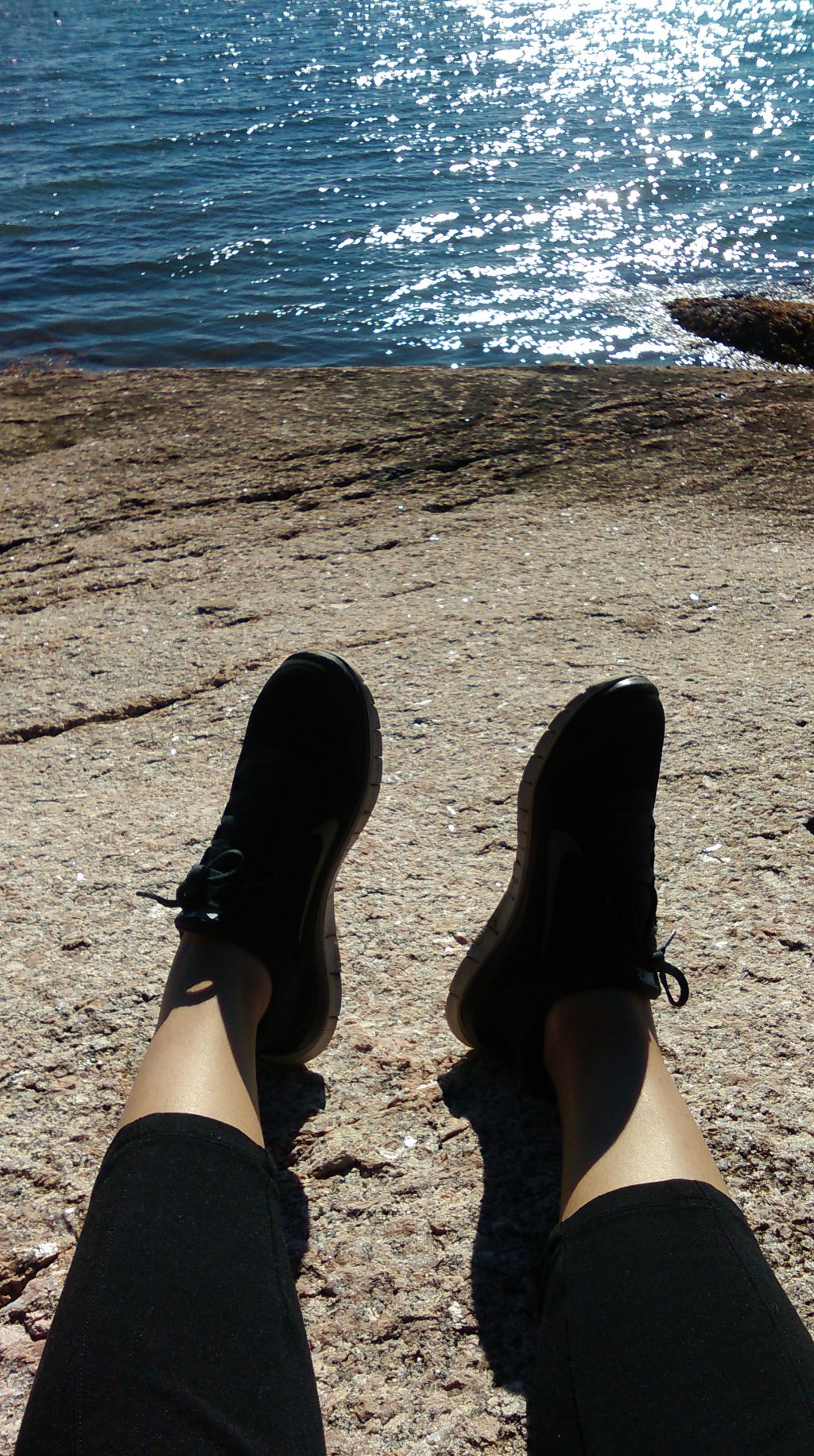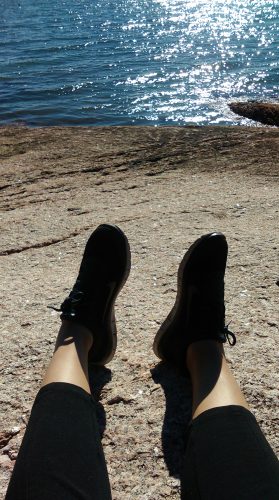
Summer Wind-Down
Greetings once again, reader!
With five weeks remaining, summer is rapidly approaching its end and–most importantly–the beginning of my thesis year is mere days away.

Still reflecting on my experience in Deer Isle, Maine.
When I last wrote, I shared with you my experience attending Haystack Mountain School of Crafts, where I attempted piecework–and, truly, sewing in earnest–for the first time. Since then, I have been attempting to contextualize the craft practice I engaged in a few weeks ago within the body of work I made toward the end of my last semester and the work I am interested in making now. Again, I am at an indistinct point in my mind–not quite an immaculate synthesis–but I feel things resonating within me from this most recent craft experience that I think might complement aspects of my earlier work.
As we were wrapping our workshop session at Haystack, one of my classmates noted how very visually different my piecework projects were from my larger bodies of artwork. This, in turn, began a reflection on the compartmentalization of my life, especially as related to my intertwined identities as Mexican, immigrant, woman, American citizen, artist, et cetera. I remembered something one of last year’s thesis students said about the multiple modes that she learned to navigate between as an immigrant, and it sparked something in me.
In my work over the last year I’ve tried to express, to varying levels of success, the immense desire for connection–or intimacy–I have always felt toward other people, and it has only recently struck me that perhaps this is something I could investigate relative to the lack of “belonging” I have felt and feel as a Mexican immigrant in America. Although it’s been said to me countless times before, personal specificity seems now like such an obvious approach for my work. This, moreover, reminded me of conversations I had while at Haystack about aspects of my heritage and family history with which I would like to become more familiar (and their connections to the histories of the type of work I engaged in while there).
So what does this mean for the short term? For now, I begin research into related lines of inquiry, starting with the work of one of Columbia’s recent MFA graduates, Ruby Figueroa, and recommended reading from my instructor at Haystack, Aaron McInstosh. Additionally, inspired by the approach of one of my Spring faculty instructors, Sabina Ott, I am giving in to my impulses for making and creating, prolifically, what feels urgent in this very moment.
Finally, this morning as I rode the bus I saw the marquee for the exhibition Then They Came for Me: Incarceration of Japanese Americans during WWII and the Demise of Civil Liberties at Alphawood Gallery, which “examines a dark episode in U.S. history when, in the name of national security, the government incarcerated 120,000 citizens and legal residents during World War II without due process or other constitutional protections to which they were entitled” (Alphawood Gallery).
The exhibition’s marquee asked many compelling questions about national identity and social responsibility, one of which moved me instantly: “What does an American look like?” This question felt remarkably poignant as I contemplated my own Mexican immigrant experience and, of course, brought to mind broader attitudes toward immigrants and “the other” seen in current events. As a result of my encounter with this exhibition’s moving questions, this afternoon I’ll be visiting it and others considering various entangled aspects of identity, including race, nationality, genealogy, citizenship, and “belonging.”
